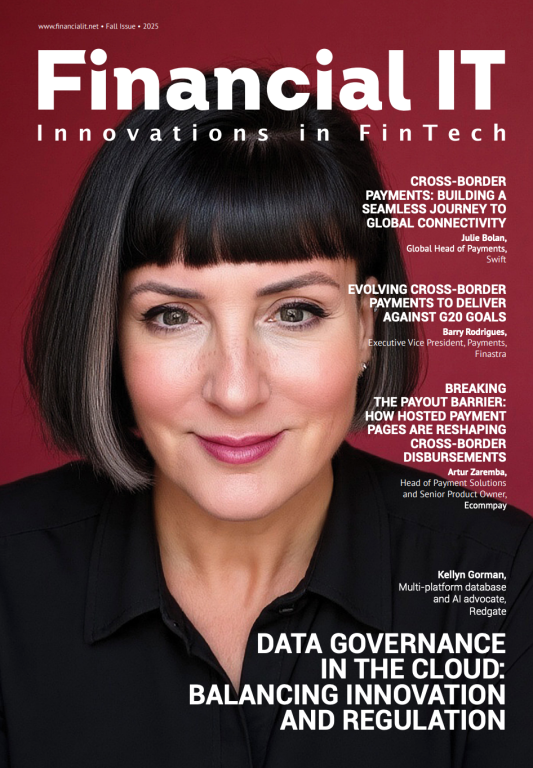One-year on from the UK’s £100 Contactless Limit Rise

- Michel Roig, President of Payments & Access at Fingerprints
- 09.11.2022 04:45 pm #payments
Last month marked the one-year anniversary of the contactless payments limit rising in the UK from £45 to £100, making it one of the highest limits in the world. And it is no wonder the limit rose. Like many nations, the UK saw a rise in contactless use as consumers looked for a more hygienic way to pay. According to Fingerprints’ research, in 2021, contactless cards accounted for 57% of all UK in-store transactions.
While the increased limit opened up more transactions to contactless, unauthorised payment card fraud has also grown according to a data released by UK Finance. In response, UK banks and card issuers can turn to other nations like France, Switzerland, Mexico and Morocco and carefully consider biometric payment cards.
The UK’s journey with contactless
Contactless technology arrived in the UK in 2007, yet the £10 contactless limit restricted consumers to low-value purchases.
The increased limit has brought greater convenience, but with it came a larger threat. Even before the £100 limit, 53% of UK consumers were worried about the risk of contactless fraud if their card is lost or stolen. Since the limit increase, contactless users can now spend up to £300 without needing any form of authentication, leading the media to label contactless cards a “thief’s dream”.
Contactless cards – a “thief’s dream”
According to UK Finance’s latest Fraud Report, which analyzes fraud data from the first half of 2022, unauthorized payment card fraud totalled £272.3 million (a 4% increase from H1 2021). Despite a 5% decrease in unauthorized payment card fraud cases, fraudsters are stealing larger sums of money.
When the limit increased, banks adopted varied approaches to address consumer fears regarding contactless security. Some banks gave customers the option to set their own limits, or even disable contactless entirely – attempting to educate customers on how to ensure their own contactless security. By putting the onus on consumers to take control of their own contactless security, banks hoped there would be a reduction in the already concerning volume of contactless fraud cases.
Bringing biometrics to Britain
With biometric payment cards, banks, issuers, retailers and consumers can unlock the full potential of contactless. In addition to offering new enhanced levels of security that reduce fraud risks, biometrics provides the convenience of removing the need for contactless limits and for PINs.
Fingerprints’ biometric sensors for contactless card payments are already being used in over 24 bank pilots around the world and eight commercial launches across France, Mexico, Jordan and Morocco. Milestones, such as achieving compliance with Mastercard’s new Fingerprint Sensor Evaluation Process, strategic collaborations and exciting technical innovations are continually lowering market barriers.
When asked, 48% of UK consumers said they wanted biometric payment cards, 62% said they’d switch banks to get one, and 42% would be willing to pay extra for it. UK banks, NatWest and RBS, have both undertaken pilot tests.
The UK – arguably more so than other countries because of the increased limit – would benefit greatly from integrating proven biometric technology into the contactless experience. UK Banks and issuers must ensure they are supporting customers by adding strong authentication to contactless. In doing so, they can take a significant step in reducing the worries intensified by the £100 limit.
Visit Fingerprints payment solutions for more information on how biometrics ushers the next-generation of contactless.


























